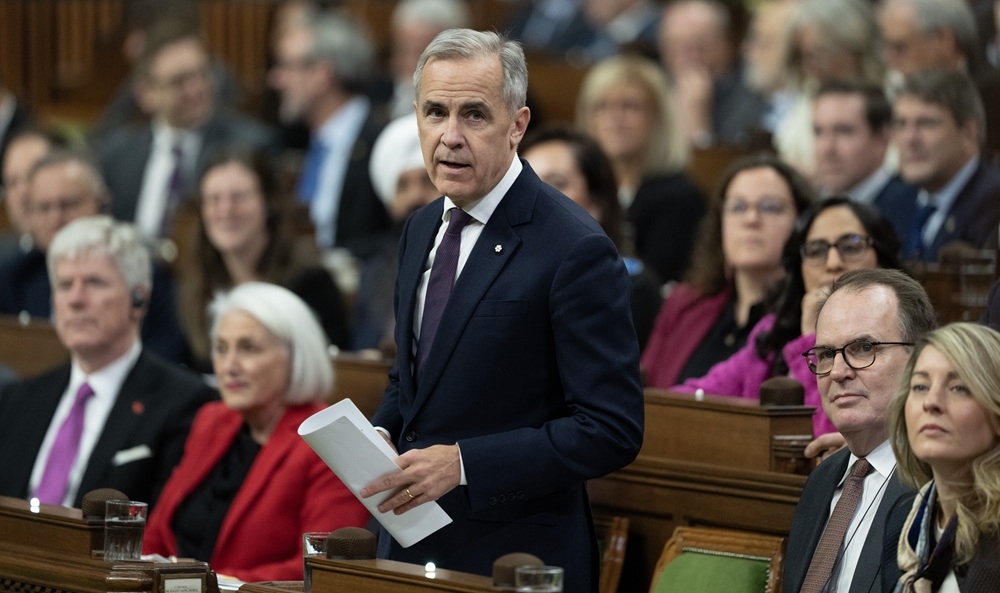Lori Stetina’s ordeal began with a simple feeling of unwellness, escalating into a terrifying 20-hour wait within the walls of a Winnipeg hospital. Arriving by ambulance, she wasn't greeted with a bed, but a seat inside the vehicle, joining a line of patients – many elderly – already seeking urgent care.
The hours crawled by, filled with growing fear. Stetina described a desperate feeling, a genuine fear for her life as she remained unseen and undiagnosed. Finally, after more than a day, she was admitted at 5 a.m., only to discover she’d suffered a mild heart attack, quickly followed by the shocking revelation of a perforated bowel requiring immediate surgery.
Her story isn’t isolated. A chilling report revealed that over 74,000 Canadians have died while waiting for treatment since 2018, with at least 15,474 losing their lives in the last year alone. Experts suggest the actual number could be significantly higher, a grim statistic hidden within a system struggling to cope.

The paradox is stark: Canadians pay substantial taxes, yet their healthcare system consistently lags behind comparable universal systems in Europe. This discrepancy fuels a growing frustration, a sense that the money isn’t translating into timely, effective care.
The response from authorities often feels detached, a standard statement promising improvements to patient flow and reduced wait times. It’s a familiar refrain, a bureaucratic shield against accountability. This lack of consequence stands in stark contrast to the repercussions faced by private businesses that endanger their customers.
Imagine a restaurant forcing patrons to wait for hours, relegated to uncomfortable seating while their orders languish. The outrage would be immediate, the business facing severe consequences. Yet, a similar scenario plays out in hospitals across the country, often met with a shrug and a promise of future improvements.
The late Christie Blatchford once observed that Canada’s healthcare system is often praised by those who haven’t actually experienced it. This sentiment highlights a dangerous disconnect, a willingness to defend a system based on perception rather than reality.
Until a collective demand for a truly world-class system emerges, fueled by the experiences of those who navigate its challenges, the cycle of unacceptable wait times and tragic outcomes will likely continue. Lori Stetina’s story serves as a stark reminder of the human cost of a system in crisis.
The question lingers: could Lori Stetina have succumbed to her condition while waiting in the hallway? Could she have given up and faced a potentially fatal outcome at home? These are not hypothetical scenarios, but the terrifying possibilities faced by countless Canadians every day.





